A Journey into the Spiritual Soul of India
There are places in the world where time seems to flow differently, where the past and present exist side by side, and where every street, every breath of air, carries whispers of history and devotion. Ujjain, one of India’s most sacred cities, is such a place.
Nestled on the banks of the sacred Shipra River in Madhya Pradesh, Ujjain is not just a city—it is an experience, an emotion, a gateway into the timeless traditions of India. Here, spirituality isn’t a separate pursuit; it is woven into the very fabric of daily life. In Ujjain, the divine isn’t sought—it is simply lived.
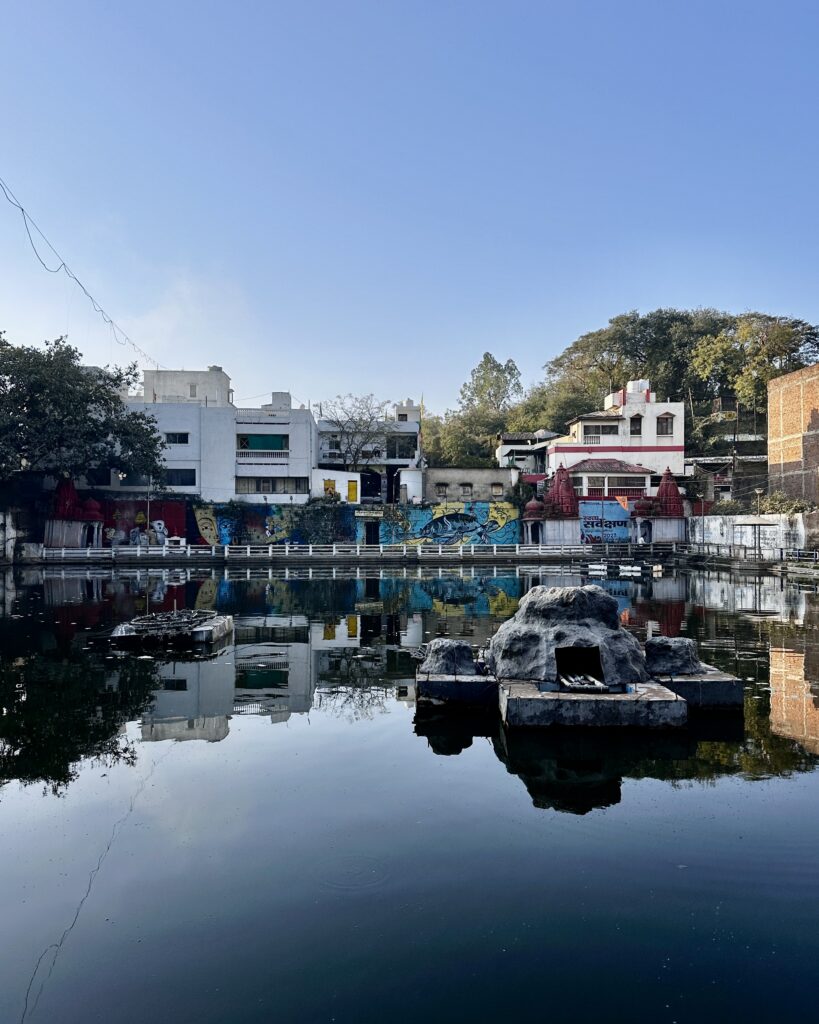
Meeting the India of My Dreams
For those who have fallen in love with India, it is often not the bustling metropolises that leave the deepest impression. It is the quiet, unshaken faith of the small temple towns, the rhythmic chanting of mantras at dawn, the scent of sandalwood and incense carried by the morning breeze. Ujjain is one such place where ancient wisdom and modern life exist in perfect harmony.
Wandering through its winding lanes, I found myself enveloped in an India that I had long yearned to experience—the India of sacred rituals, deep devotion, and unwavering spirituality.
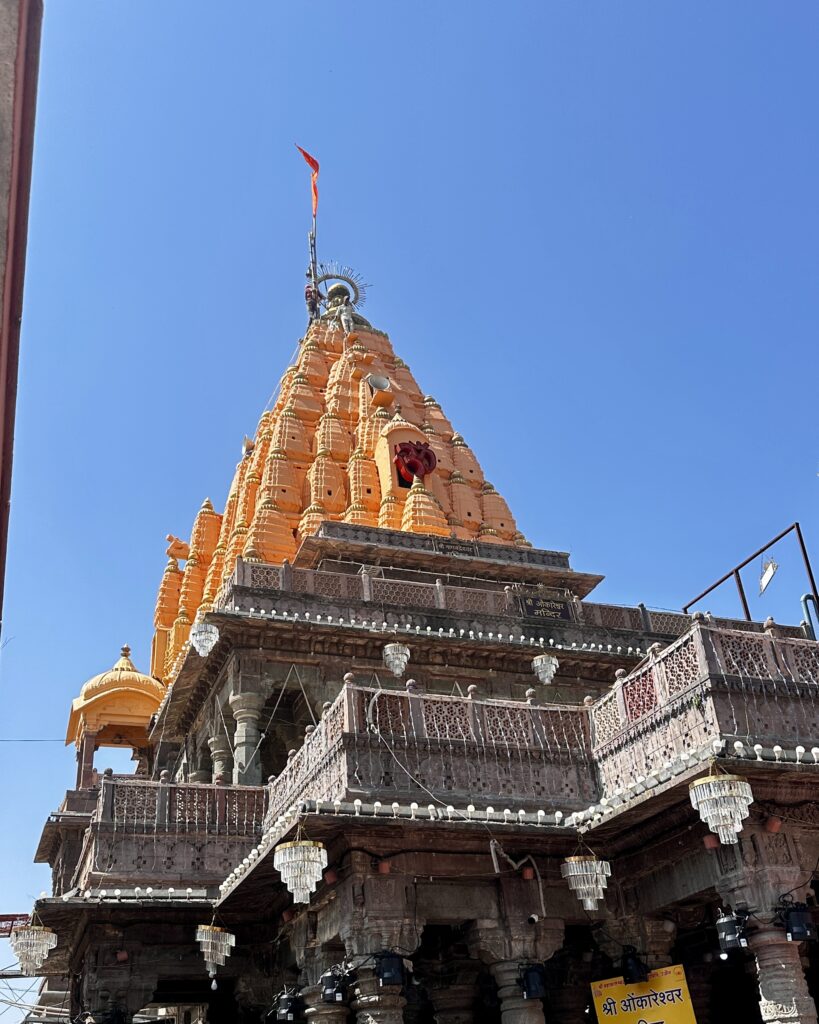
A City Awakened by Prayer
Before sunrise, when the first rays of light touch the ghats of the Shipra, the city begins to stir. Temple bells chime in synchrony, calling devotees for the Bhasma Aarti at the revered Mahakaleshwar Temple, one of the twelve Jyotirlingas of Lord Shiva.
As I stood in the temple’s inner sanctum, the air thick with devotion and the glow of a hundred lamps flickering against the ancient stone walls, I could feel an energy unlike anything else. The Bhasma Aarti, where sacred ash is offered to the deity in a ritual dating back centuries, is an experience that stays with you long after you leave.
Beyond Mahakaleshwar, every street in Ujjain leads to a temple—each with its own legend, its own pull. The Kal Bhairav Temple, where liquor is offered to the deity; the Harsiddhi Temple, adorned with oil lamps that light up its stunning architecture; and the Chintaman Ganesh Temple, one of the oldest shrines dedicated to Lord Ganesha. Here, faith is not just expressed—it is celebrated.
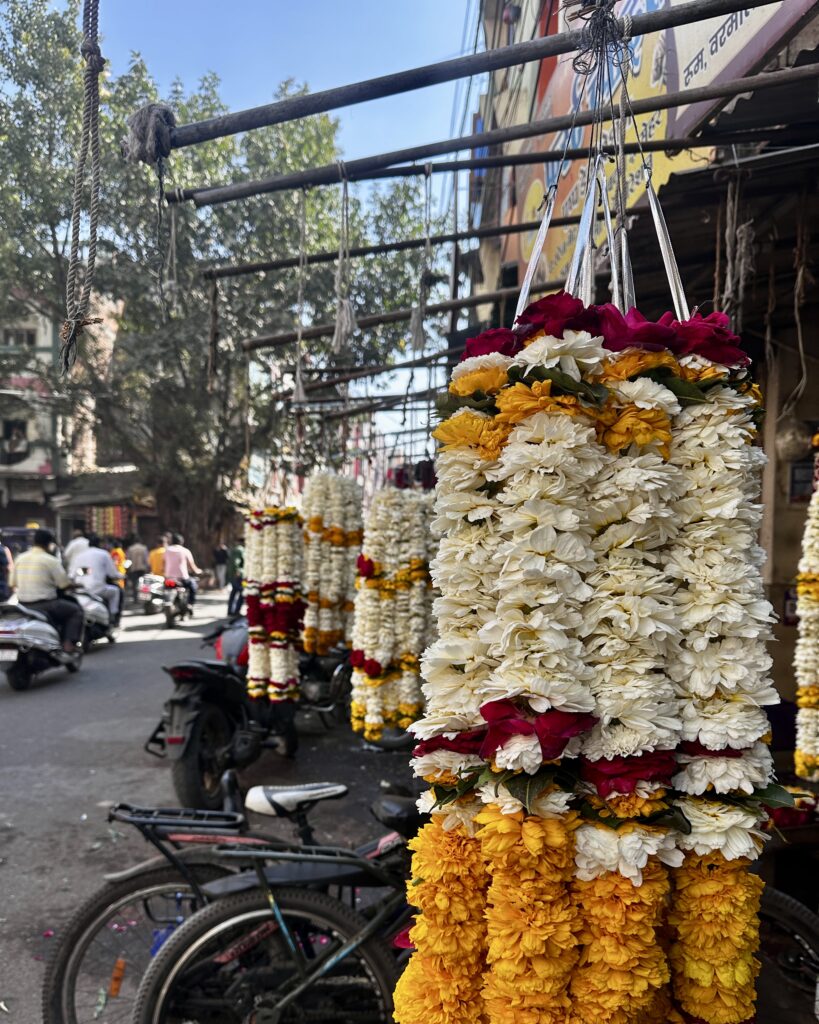
The Aroma of Ujjain
As morning unfolds, the city moves at its own gentle pace. The narrow alleys fill with the sounds of daily life. Vendors set up their stalls, displaying ripe mangoes, pomegranates, and guavas in vibrant heaps. Spice sellers untie their sacks, releasing the intoxicating scent of saffron, cumin, and cardamom into the crisp air.
At every corner, chaiwalas skillfully brew the first tea of the day, the rich aroma of ginger-infused chai mingling with the scent of marigolds being strung into garlands for temple offerings. Women draw kolams, intricate patterns of rice flour, on freshly washed stone doorsteps—a tradition believed to bring prosperity and invite divine blessings into their homes.
Life here is not rushed; it flows, like the sacred Shipra, at a rhythm that has remained unchanged for centuries.
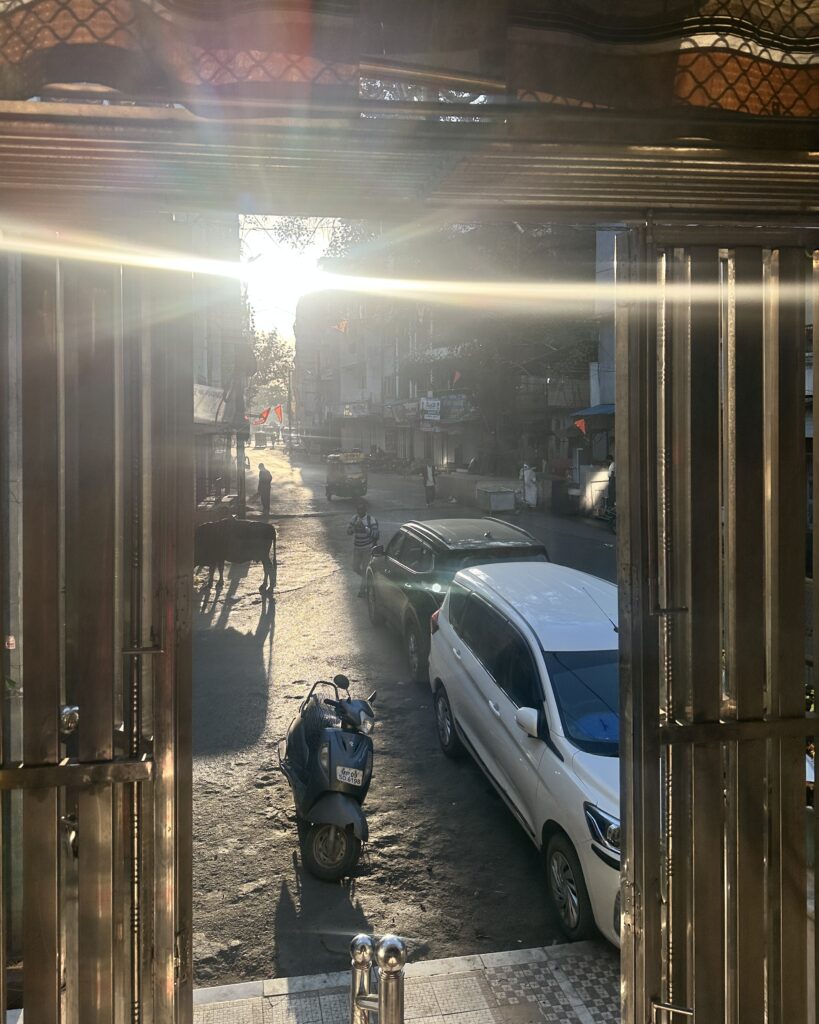
The Astronomical Heart of India
Ujjain is not just a spiritual hub—it has also been an ancient center of learning, mathematics, and astronomy. It was here that India’s prime meridian was once located, and where scholars charted the movement of celestial bodies long before modern observatories existed.
The Jantar Mantar of Ujjain, an 18th-century astronomical observatory, stands as a testament to this legacy. Built by Maharaja Jai Singh II, it houses instruments used to measure time, track planetary movements, and predict eclipses with astonishing accuracy. Even today, Vedic astrologers in Ujjain are renowned for their knowledge, sought after by those who believe in the cosmic dance of fate and destiny.
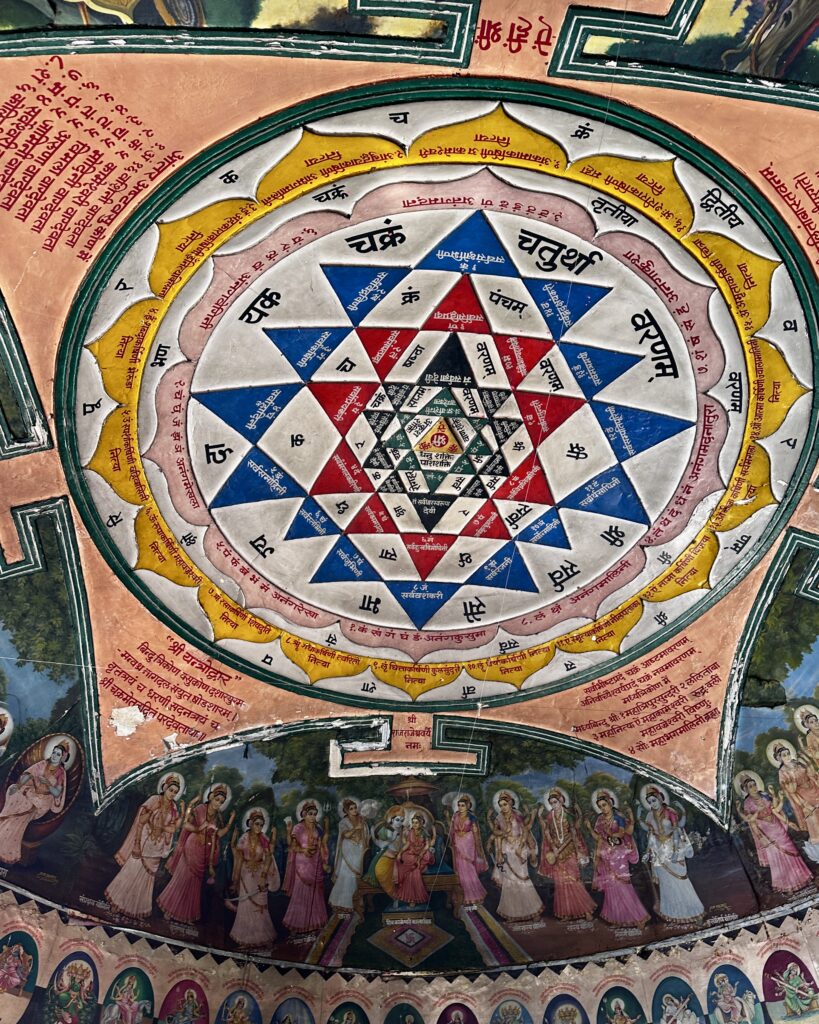
A City of Legends and Mythology
Ujjain’s history is as rich as its spiritual significance. It is one of the Sapta Puri, the seven holiest pilgrimage sites in Hinduism, mentioned in the Mahabharata, Ramayana, and Puranic texts. It is believed that Lord Krishna, along with his brother Balarama and friend Sudama, studied here under Guru Sandipani Muni.
The city also plays a key role in the Kumbh Mela, the largest religious gathering on Earth. According to legend, during the Samudra Manthan (the churning of the cosmic ocean), a drop of Amrita (nectar of immortality) fell in Ujjain, making it one of the four cities where the Kumbh Mela is celebrated, drawing millions of devotees every twelve years.
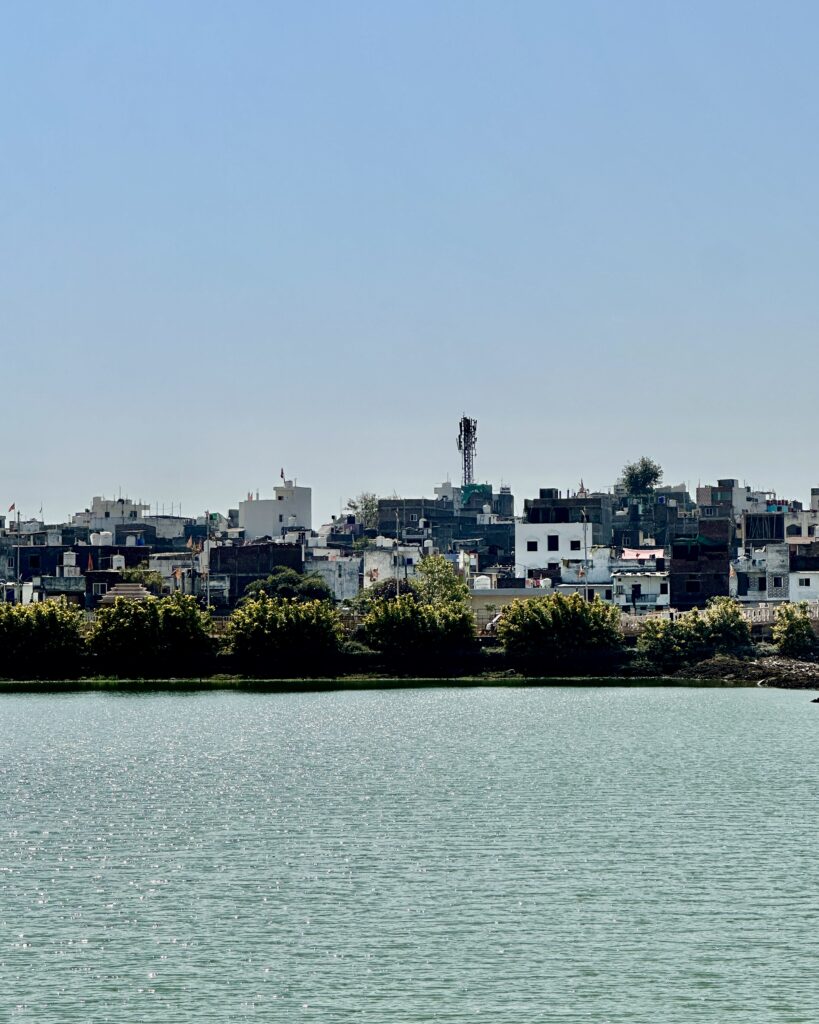
A Timeless Rhythm of Life
Unlike the fast-paced existence of modern cities, Ujjain thrives in its own divine rhythm—one dictated by temple rituals, the movement of the stars, and the unwavering devotion of its people. Here, spirituality isn’t reserved for special occasions; it is a way of life. Every action, whether it’s lighting a lamp at dusk, offering sweets to the deities, or even feeding the sacred cows, is infused with meaning.
As I sat by the banks of the Shipra at sunset, watching the floating lamps drift along the water, I felt an overwhelming sense of peace. There is something profoundly humbling about being in a place where the divine presence is almost tangible.
Ujjain is not just a city you visit—it is a city you feel, a city that stays with you long after you have left.
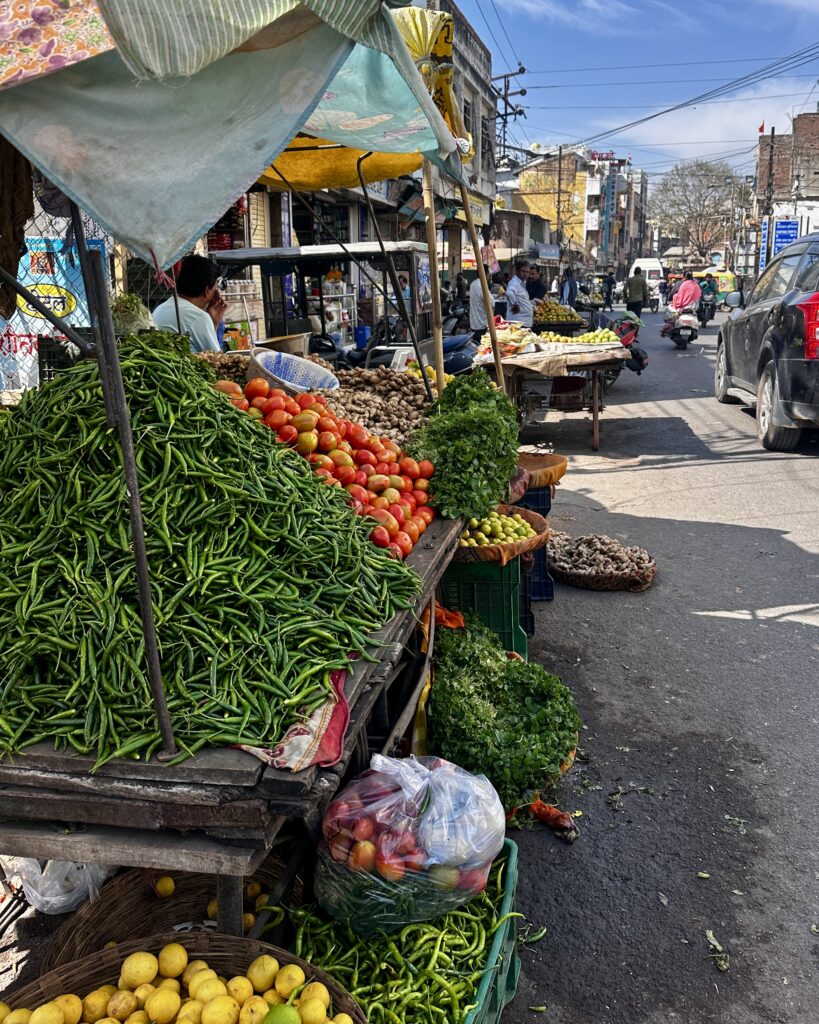
Why You Should Visit Ujjain
If you seek a destination that offers not just sights but an experience of timeless wisdom, unshakable faith, and an unhurried way of life, Ujjain is calling you. Whether you come as a pilgrim, a seeker, or simply a curious traveler, this sacred city welcomes you with open arms, ancient chants, and the scent of incense lingering in the air.
And when you leave, you won’t just carry memories—you’ll carry a piece of Ujjain’s soul within you.
